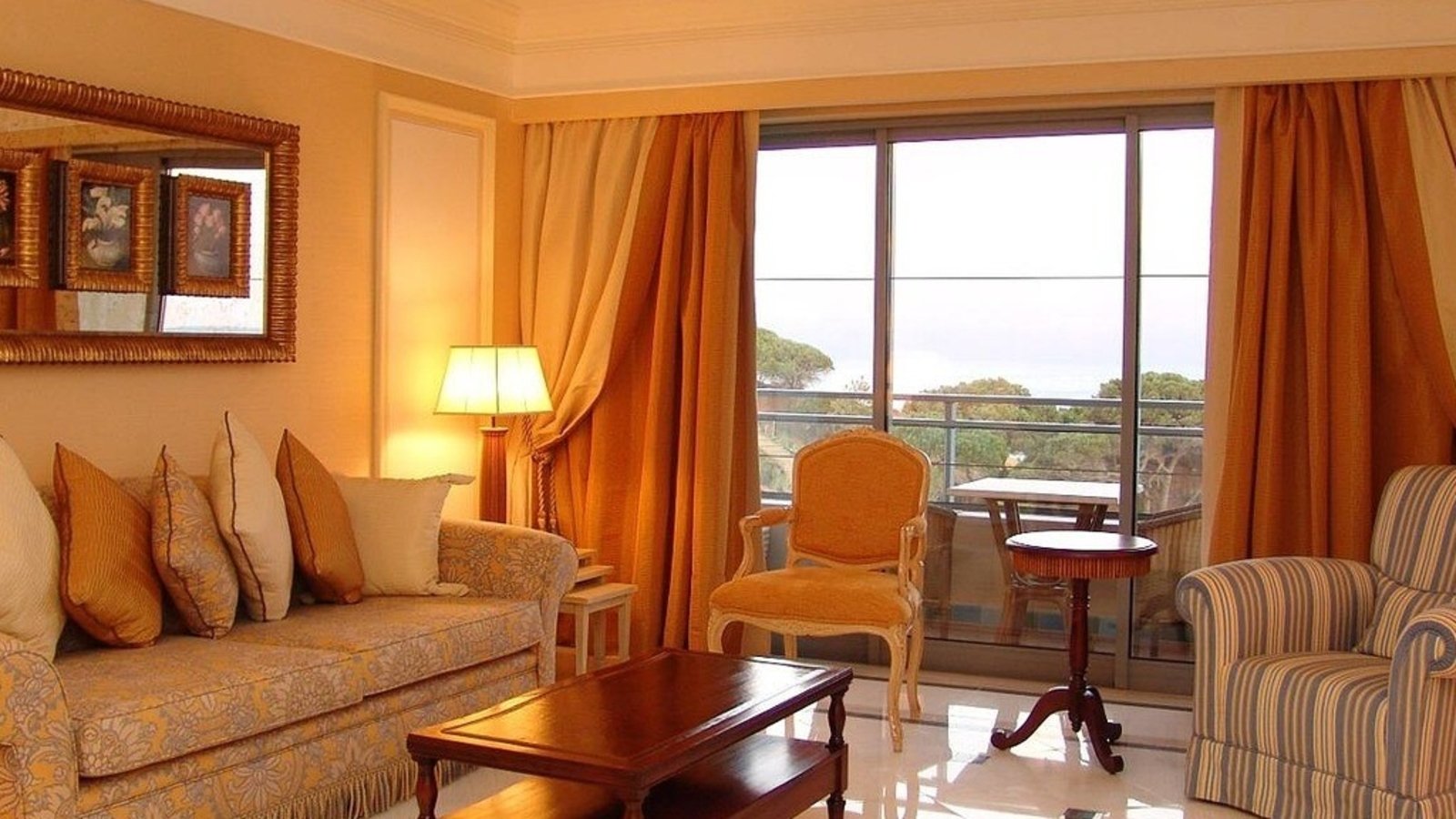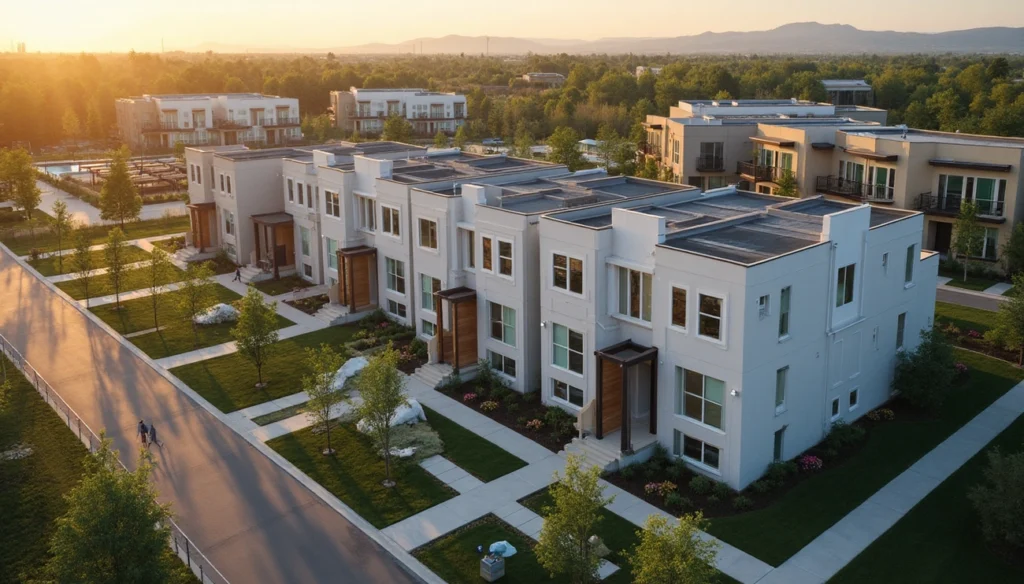
In today’s fast-moving real estate market, investors are constantly searching for strategies that promise both steady income and long-term growth. Among the many property types available, furnished apartments have emerged as one of the most lucrative options for maximizing rental returns. These ready-to-move-in homes appeal to a wide range of tenants, from professionals and tourists to digital nomads, making them a goldmine for property owners who understand their potential.
But what exactly makes furnished apartments so profitable? Let’s dive deep into the trends, benefits, and strategies that make these properties stand out in the rental landscape.
Furnished apartments come fully equipped with essential furniture, appliances, and home décor items that allow tenants to move in without worrying about setup costs. From beds, sofas, and kitchenware to Wi-Fi and television, these units provide complete comfort from day one.
There are generally three categories:
Each category appeals to a distinct tenant base and can influence rental yield differently depending on location and demand.
The rental yield of a property depends on how much income it generates relative to its cost. Furnished apartments, though slightly more expensive to set up, often outperform unfurnished ones for several reasons.
1. Premium Rent: Tenants are willing to pay more for convenience and comfort. Fully furnished homes can command 20–40% higher rent than unfurnished units.
2. Short-Term Rentals: These properties attract tourists, business travelers, and expatriates seeking short-term leases, which typically come with higher daily or monthly rates.
3. Faster Occupancy: Since tenants can move in immediately, vacancy periods are shorter, ensuring steady income.
4. Low Maintenance Turnover: Well-furnished properties often attract responsible tenants who value upkeep, reducing overall wear and tear.
5. Flexible Leasing Options: Owners can adapt between short-term and long-term rentals based on market trends, maximizing profitability year-round.
Urbanization, mobility, and changing lifestyles are fueling the rise of furnished rentals globally. Modern professionals prefer flexibility over ownership, and remote work trends have accelerated relocation and travel.
Expats and corporate employees increasingly seek temporary housing solutions that offer hotel-like comfort without long-term commitments. Cities like Dubai, Singapore, London, and New York are witnessing a sharp uptick in furnished apartment demand, especially near business districts and transportation hubs.
Additionally, digital platforms such as Airbnb, Booking.com, and long-stay rental apps have opened new avenues for property owners to tap into the short-term market effortlessly.

Not all furnished apartments guarantee strong returns — location plays a critical role in determining profitability. The most successful furnished properties are usually found in areas that combine convenience, connectivity, and lifestyle appeal.
Here’s what to look for:
Before investing in a furnished apartment, it’s essential to calculate potential returns accurately.
Formula:
Rental Yield (%) = (Annual Rental Income / Property Purchase Price) × 100
For example, if you rent your apartment for $2,500 per month and bought it for $400,000:
Furnished apartments in prime areas can achieve yields between 6% and 10%, significantly higher than the global average for traditional rentals.
To maximize returns, investors should focus on creating a property that stands out to tenants. Consider these value-adding features:
A small investment in design and comfort can dramatically increase long-term profitability.
Short-Term Rentals:
These typically cater to tourists or professionals on temporary assignments. They bring higher yields due to premium pricing but also require active management, frequent cleaning, and regular tenant turnover.
Long-Term Rentals:
These appeal to corporate employees or relocated families who prefer stability. They ensure consistent monthly income with less operational effort.
Choosing between the two depends on your financial goals, time availability, and property location. Some investors adopt a hybrid strategy — renting short-term during high season and long-term during off-peak months.
Furnishing an apartment involves an initial setup cost that varies by property size and quality expectations. On average:
These costs include furniture, appliances, décor, and essential household items. While the upfront expense may seem high, the added rental premium often offsets it within one to two years. Moreover, depreciation and wear can be managed through regular maintenance and careful tenant screening.
Before listing a furnished apartment, understand local regulations regarding rental agreements, taxation, and permits. Some jurisdictions differentiate between residential and serviced rentals, impacting tax rates and licensing requirements.
Common legal aspects to review:
Consulting a local real estate advisor or tax expert can help you stay compliant and protect your investment.

The furnished apartment market continues to evolve with lifestyle and technology shifts. Here are a few trends redefining the space:
These trends underline how adaptability and innovation can help property owners stay ahead in a competitive rental market.
Even seasoned investors can make missteps that affect profitability. Avoid these pitfalls:
A balance of strategic planning, realistic pricing, and proactive management ensures consistent success.
The furnished apartment sector is expected to grow steadily as global work and travel patterns evolve. Investors are recognizing that flexibility, comfort, and design are no longer luxuries but essentials for today’s tenants.
With rising mobility, international assignments, and the continued popularity of flexible leasing, furnished apartments are positioned to remain a top-performing asset class. Investors who blend modern design, strategic location choices, and professional management will continue to achieve higher-than-average returns.
Furnished apartments with maximum rental yield offer a unique combination of convenience, cash flow, and capital appreciation. They bridge the gap between hospitality and real estate, giving investors a powerful tool to grow passive income.
Whether you’re a first-time buyer or a seasoned investor, focusing on furnished properties in high-demand locations can significantly boost your portfolio’s performance.
By understanding market dynamics, optimizing setup, and maintaining consistent tenant satisfaction, you can turn a single furnished unit into a reliable, long-term income stream — and a smart step toward financial freedom.
Do Follow Estate Magazine on Instagram
How to List Your Property in Dubai for Maximum Exposure & Success
